From the bright full moon to the tiny sliver of a crescent in the night sky, lunar phases have fascinated humanity for millennia.
This activity unravels the science behind the phases of the moon with some simple moon phase cupcakes. Cupcakes are a wonderfully visual representation of how the shape of the moon changes in the night sky.
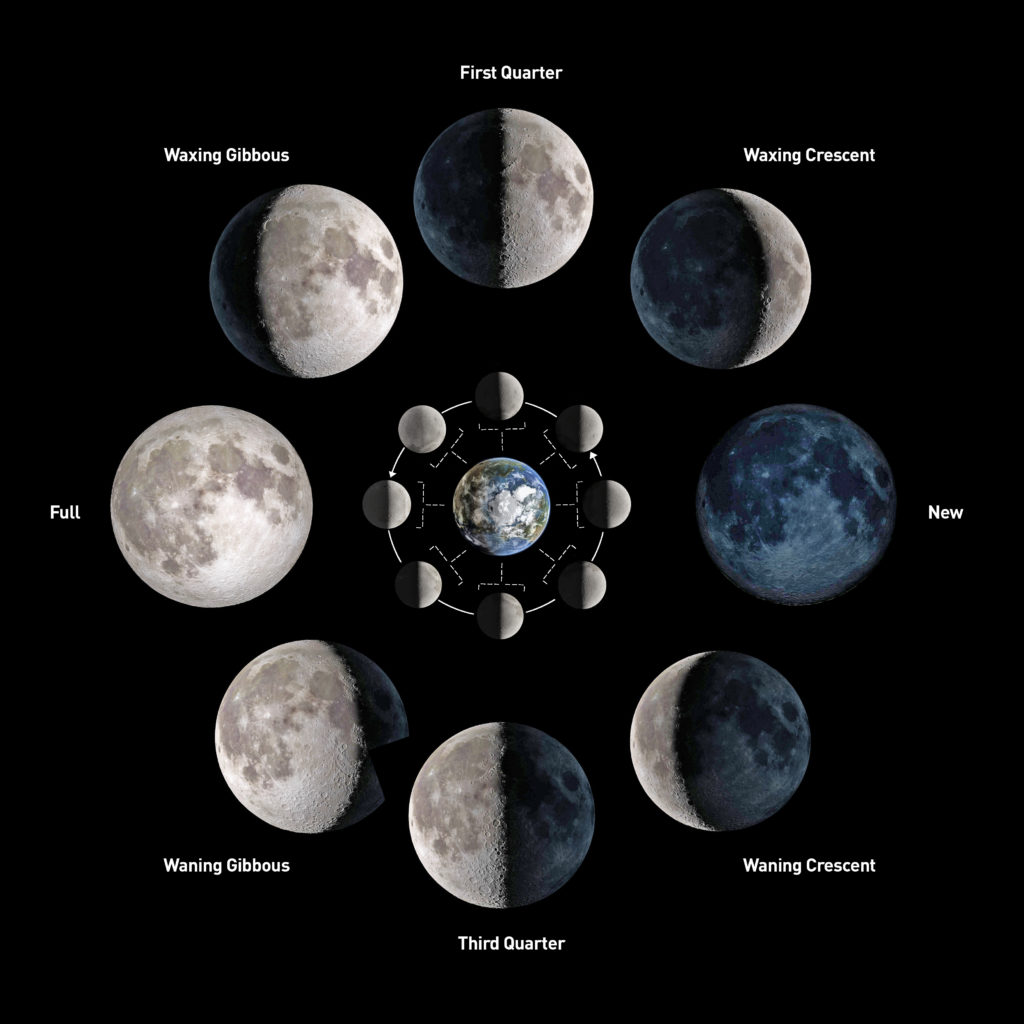
Moon Phase Cupcakes
Our cupcakes were very easy to make. We used a basic sponge mixture for the cake part ( you could even buy plain ready-made cakes ), then covered the top with black and white ready-to-roll icing.
What do you think? They are not perfect, so we're going to give it another go soon!
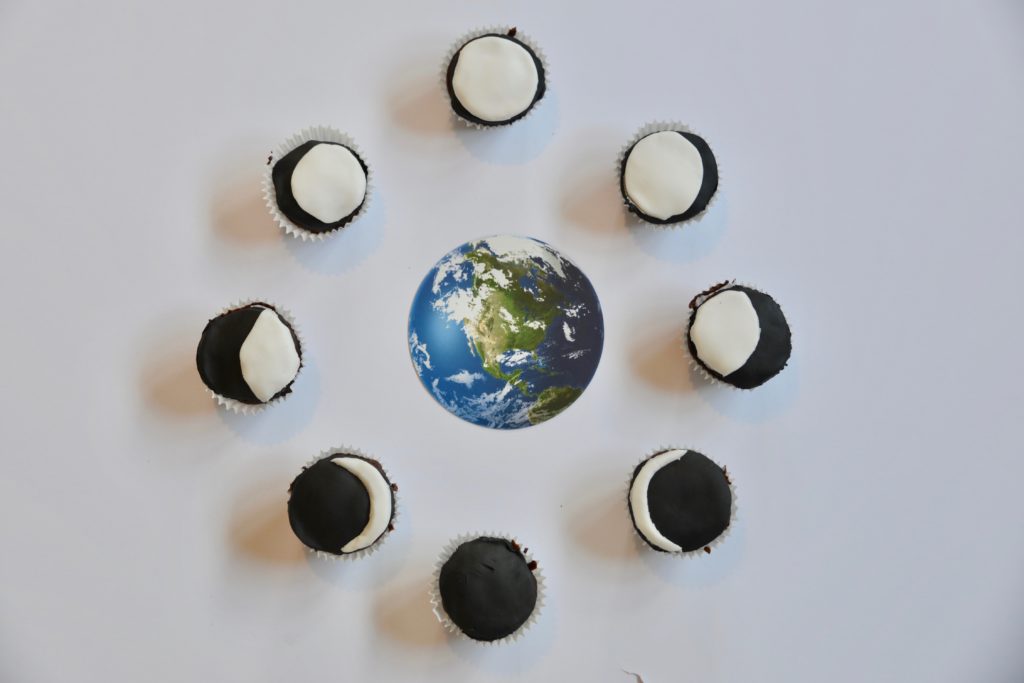
The Eight Phases of the Moon
New Moon
This is when the Moon is between the Earth and the Sun. The illuminated side faces away from the Earth, so we don't see it.
Waxing Crescent
A small sliver of the Moon can be seen.
First Quarter
The Moon looks like a half circle. Half its illuminated side is visible.
Waxing Gibbous
More than half of the Moon can be seen. Gibbous is when more than half, but not a full Moon, can be seen.
Full Moon
The whole of the illuminated side of the Moon faces the Earth.
Waning Gibbous
The illuminated part of the Moon starts to decrease. Waning means the illuminated part is decreasing.
Last Quarter
Half the illuminated side is visible again, but the opposite side from the first quarter.
Another fun way to visually demonstrate the phases of the moon is with Oreos!
Moon Facts for Kids
The surface of the Moon is covered with dust and rocks from asteroid impacts.
Our moon is the 5th largest moon in the solar system.
There is no water, air or life on the moon.
The moon is a satellite of the Earth. A satellite is an object that orbits a planet.
The moon doesn't produce any light, but reflects the sun's light.
The moon's gravitational pull mostly causes the rise and fall of the Earth's oceans.
The temperature on the moon can reach 120°C in daylight, but drops to -150°C in the dark as it doesn't have an atmosphere to trap heat.
The moon's journey around ( orbit ) the Earth takes 27 days, during which time it spins round once.
The first humans to walk on the Moon were Neil Armstrong and Buzz Aldrin on July 20th, 1969.
The last Apollo mission to the Moon was Apollo 17 in 1972.
If you stretched the moon's surface flat, it would just about cover North and South America.
The moon's surface is full of craters, caused by meteors and asteroids. We have a fun activity to demonstrate craters forming using flour and marbles, that you might like.
If you enjoyed this activity, I've got lots more fun space science experiments in this post and a book ( This IS Rocket Science ) with 70 exciting space science experiments for kids.
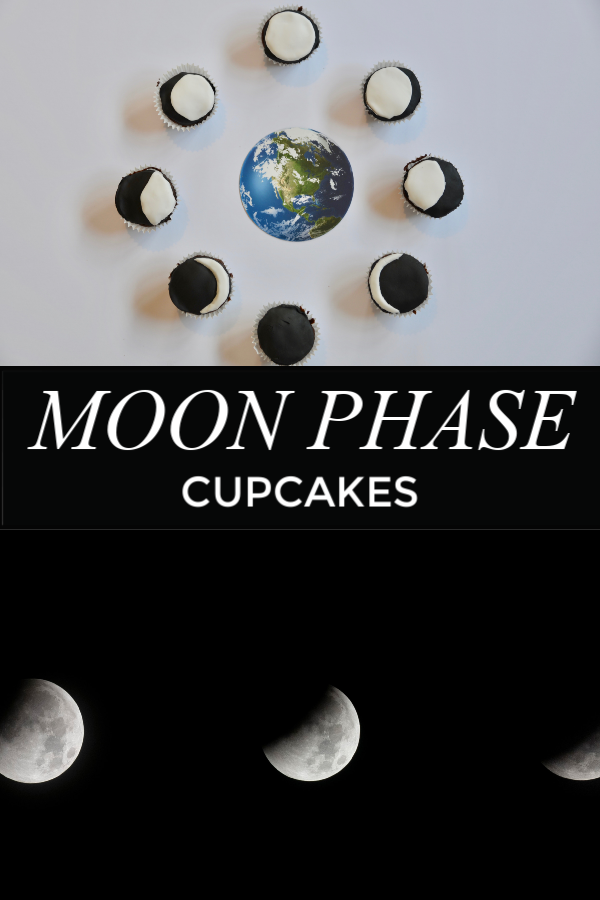
Affiliate links
Last Updated on February 27, 2025 by Emma Vanstone
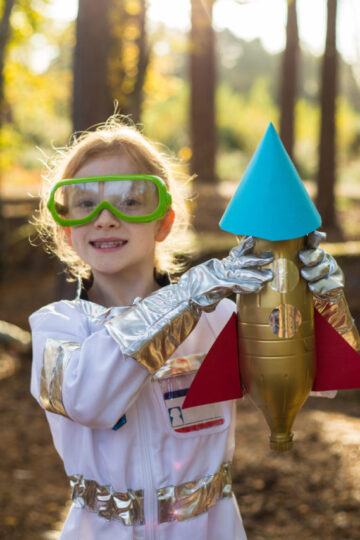
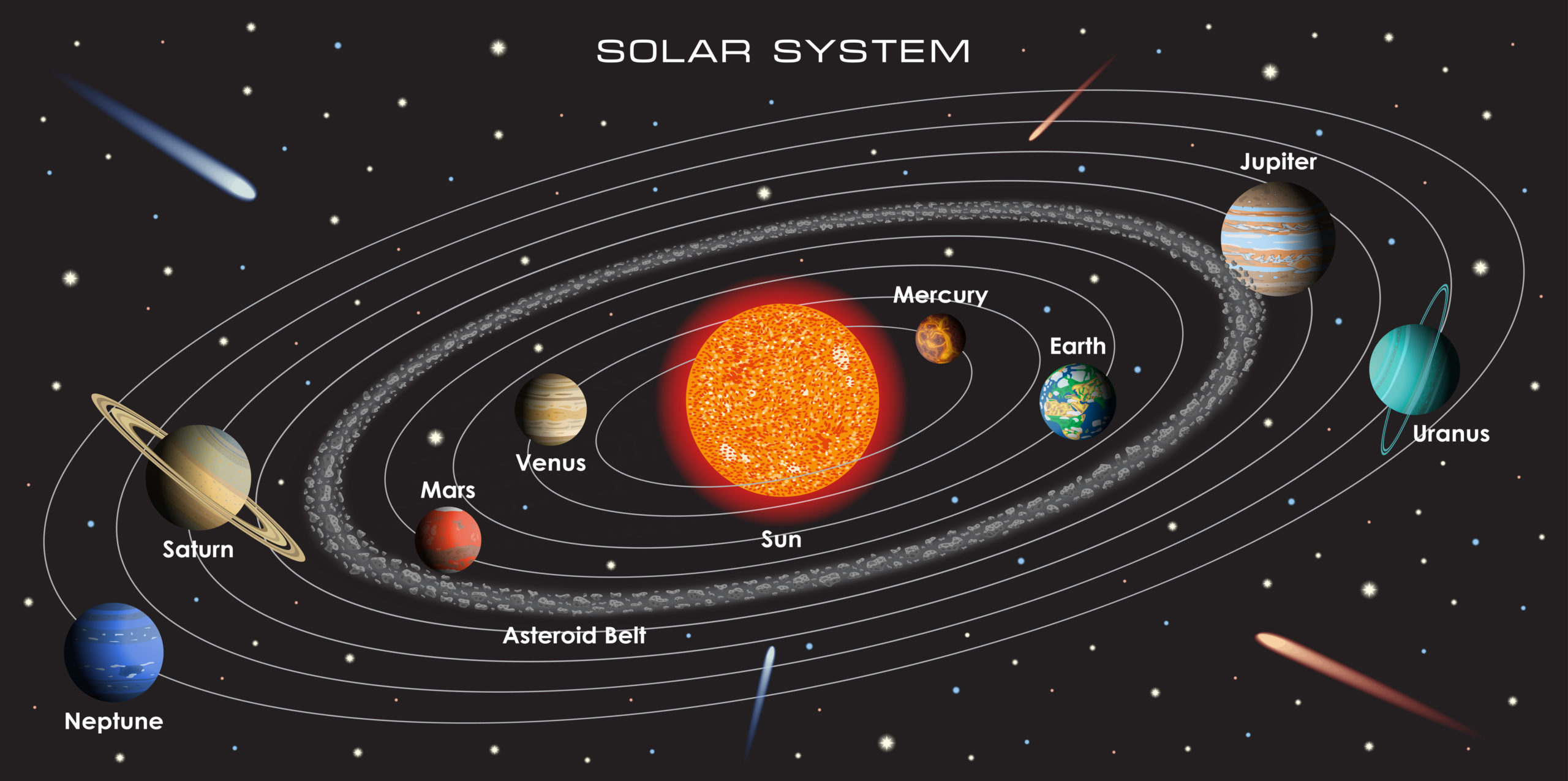
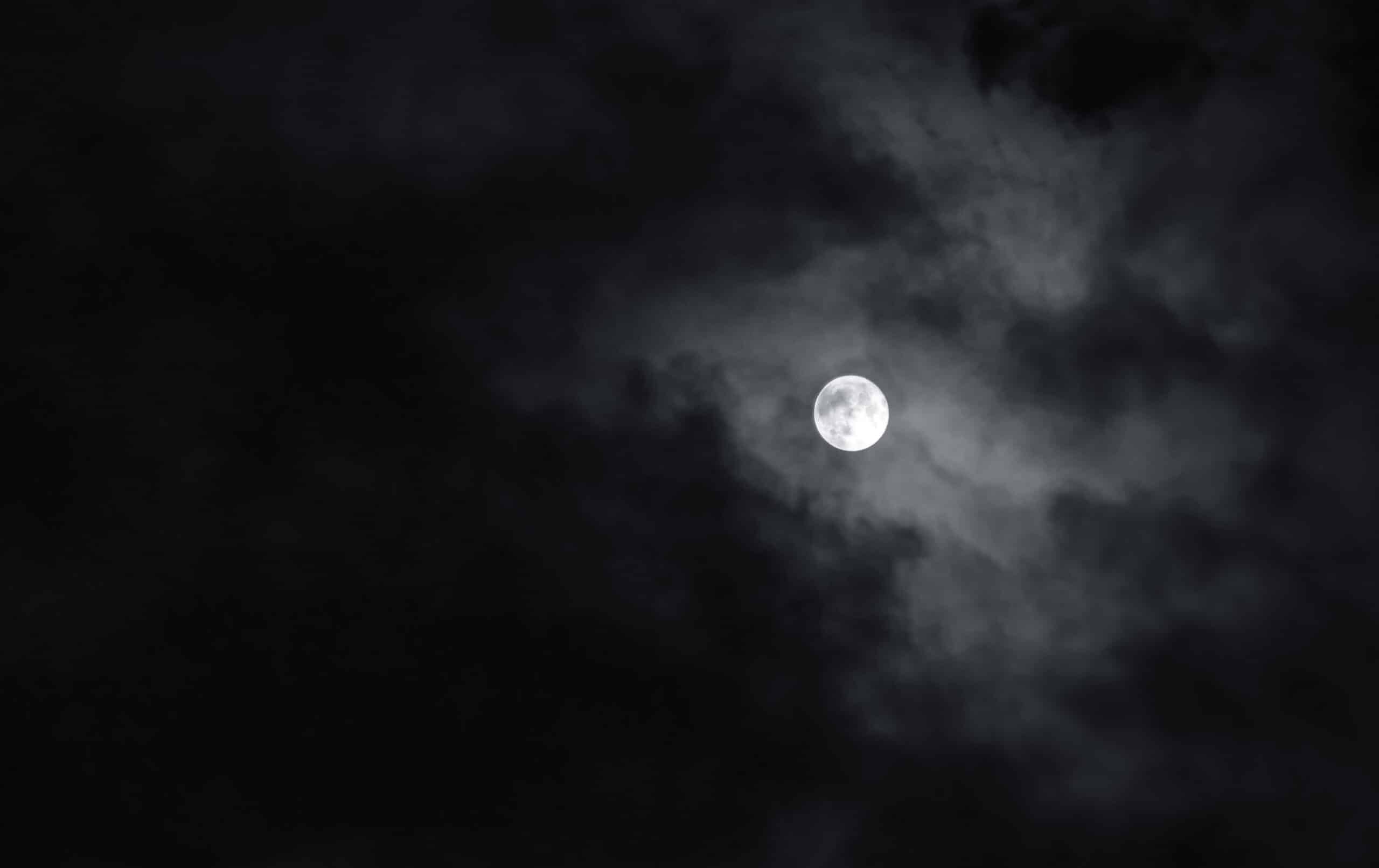
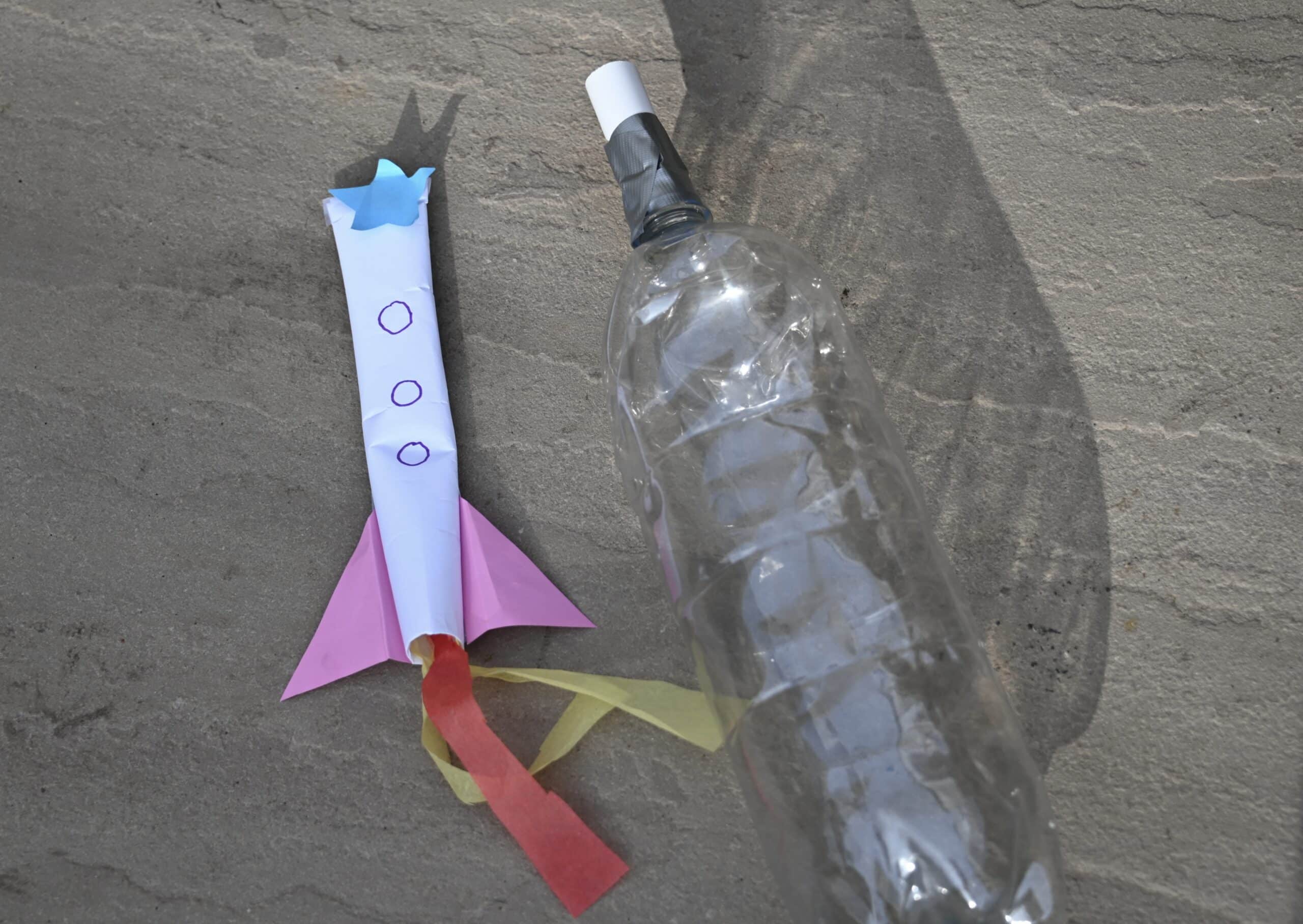
Theresa Bourgeois says
Would love other simple Science experiments. I teach all levels in a SPED classroom. Thank You!!!